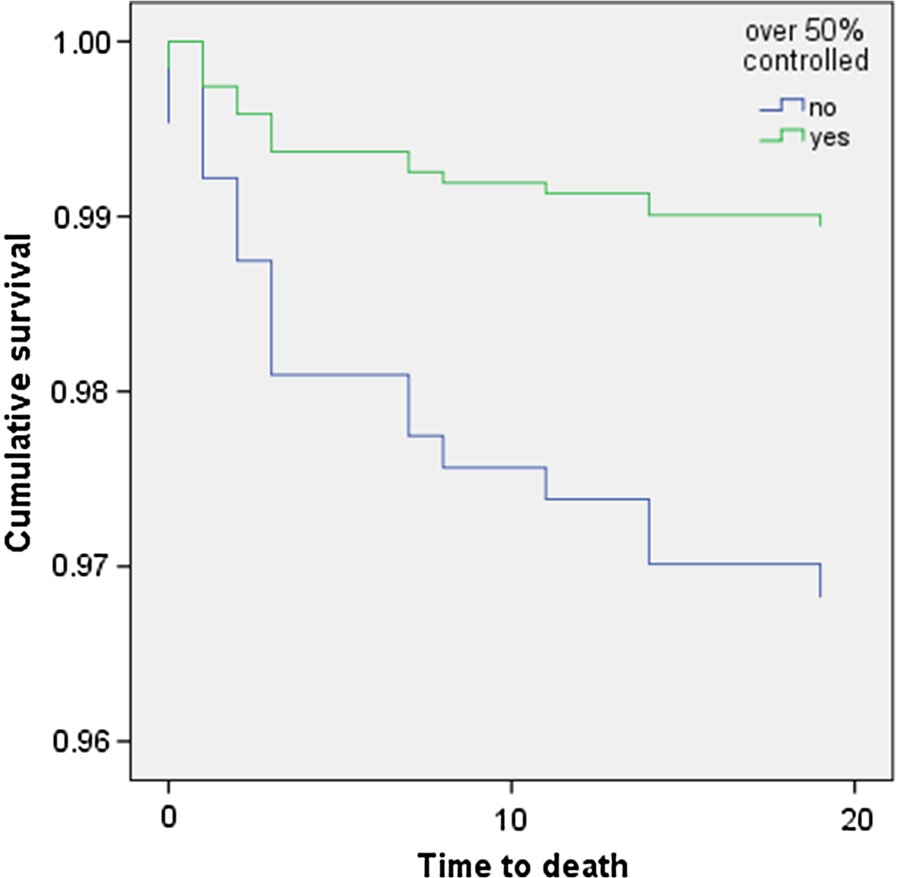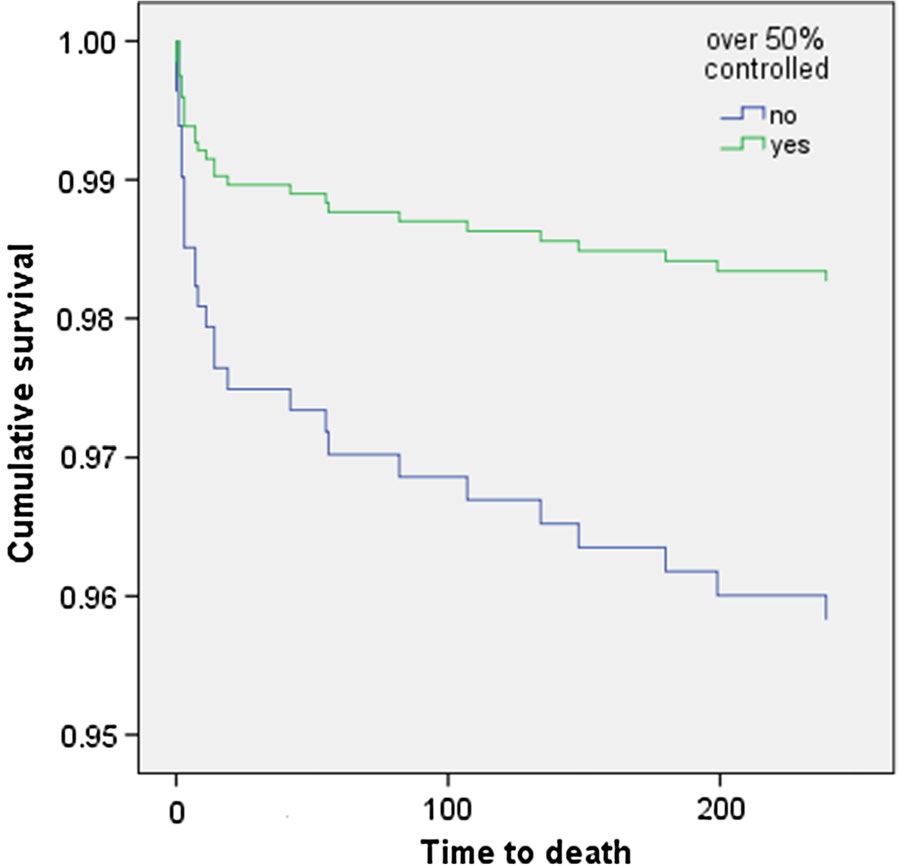Sharif K. Cardiovasc Diabetol. 2019 Jan 11;18(1):4.
Background
Glycemic control during hospitalization has become a principal target in care management because one-quarter of hospitalized patients have diabetes. In hospitalized patients, large fluctuations in blood sugar levels with extreme bouts of hyperglycemia and hypoglycemia are common. These fluctuations have been attributed to physical stress of illness, drugs administered, surgical procedures, changes in dietary intake, and changes in the patient’s diabetic regimen. Glycemic control of patients in the intensive care units (ICUs) is of similar importance. Sharif K et al., conducted a retrospective study to investigate the link between glycemic control and both the length of hospital stay and mortality rate among patients admitted to the cardiac intensive care unit (CICU).
Materials and Patients
- Patients were admitted to the Cardiac Intensive Care Unit (CICU) at the Edith Wolfson Medical Centre between 01 January, 2010 and 31 December 2013
- All admitted diabetic patients were enlisted into the study
- Patients with diabetes were treated in accordance with endocrinology consultation and recommendations during ICU hospitalization
- ICU patients were treated with basal bolus therapy infusion while withholding any oral hypoglycemic agents
- The Charlson Comorbidity Index (CCI) was calculated based on comorbidities present in individual patients
- The data regarding patient outcome was retrieved from ward admission and the integrated computerized virtual medical records upon discharge from the ICU
- Glucose levels are measured using the automated glucometer
- Blood glucose was measured 4 times daily by continuously trained nurses
- The 4 measurements included: fasting blood sugar, and glucose levels before the three meals (08:00, 13:00, 19:00 daily)
- Hemoglobin A1c was measured of all patients admitted to the study
- Pre-prandial glucose levels were measured to guide pre-prandial short acting insulin injection
- Fasting blood sugar readings were taken upon waking to guide long acting glucose administration
Results
- 2466 patients were admitted to the CICU of Edith Wolfson Medical Centre between 2010 and 2013
- 2407 patients (97.6%) were either discharged to their homes (87.3%) or transferred to internal medicine wards (12.7%)
- The 30-day mortality rate in CICU patients was 1.9%, and the 1-year mortality rate was 3.9%
- 370 patients (15%) had diabetes mellitus, whereas 2096 did not have diabetes mellitus
- From the 370 diabetic patients, 202 patients had acute coronary syndrome [129 patients with ST-elevated myocardial infarction (STEMI), 71 patients with non-
- STEMI, and 2 patients with unstable angina] Patients with diabetes had increased co-morbidities with significantly higher Charlson Comorbidity Index (1.82 ± 1.65 versus 0.70 ± 0.76, p < 0.001, respectively)
- Patients with diabetes had significantly elevated glucose levels (213 ± 116 mg/dL versus 145 ± 71 mg/dL p < 0.001), increased creatinine values (1.15 ± 0.78 mg/dL versus 1.03 ± 0.63 mg/dL, p = 0.010) and higher cholesterol indices (165 ± 49 mg/dL versus 147 ± 45 mg/dL, p < 0.001)
The influence of glucose control on prognostic measures in admitted diabetic patients
- 343 (92.7%) of 370 diabetic patients had glucose test results entered in the electronic records and were included in the analysis
- 166 (48.8%) patients had more than 50% of glucose values between 71 and 200 mg/dL and thus were defined as patients with controlled diabetes mellitus Stratifying according to diabetes mellitus status, the Cox survival curve shows that pulmonary edema at presentation was significantly associated with 30-day mortality, whereas glucose control was a statistically borderline independent predictor (figure 1)
- CCI was not associated with increased 1-year mortality (figure 2)
Thus, it was concluded that In-hospital control of glucose parameters is associated with shorter length of hospital stay, and lowered 30-day and 1-year mortality.

Figure 1: Cox 30-day survival curve according to attainment of 50% of glucose between 70 and 200 mg/dL during hospitalization

Figure 2: Cox 1-year survival curve according to attainment of 50% of glucose between 70 and 200 mg/dL during hospitalization

